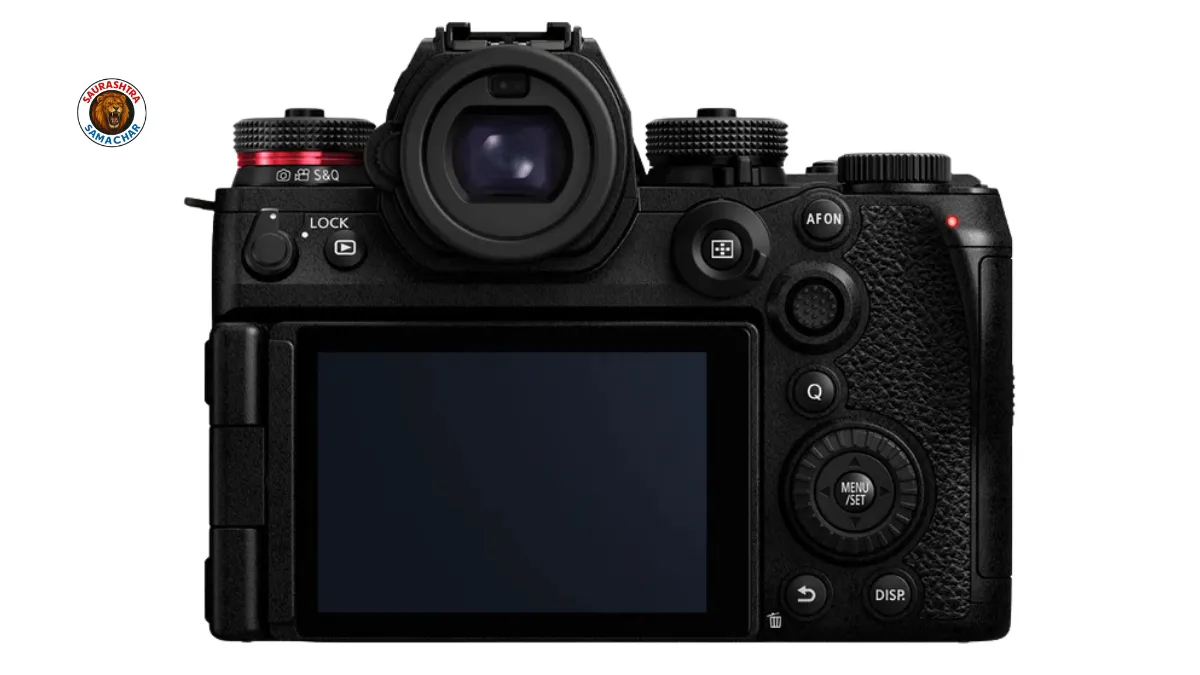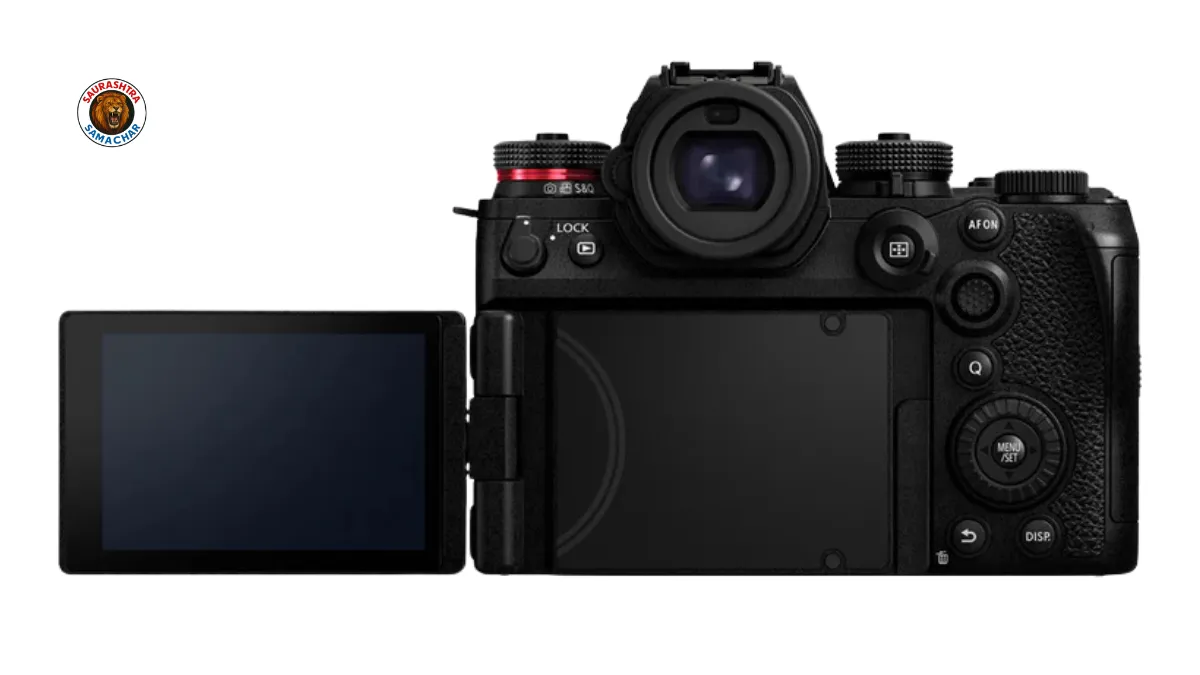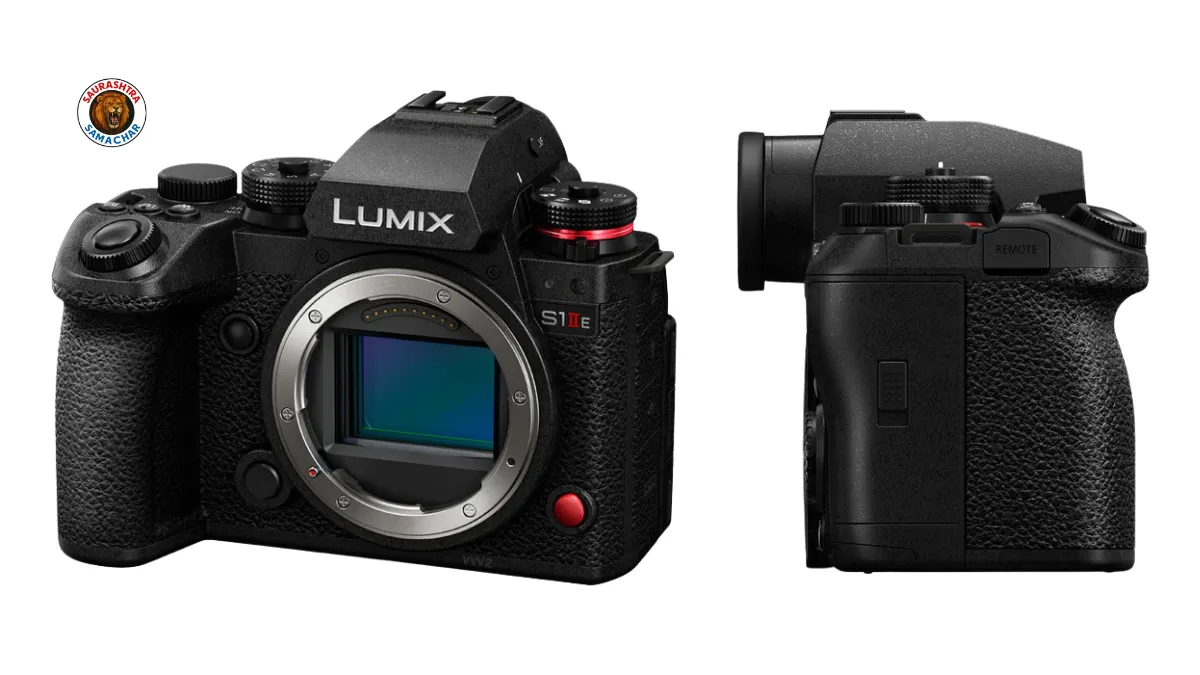Panasonic Lumix S1IIE review has become one of the most talked-about topics in the world of photography in 2025. With its solid build, advanced autofocus, impressive image stabilization, and a competitive price point, the S1IIE delivers almost everything you could expect from Panasonic’s flagship S1II, but at a more accessible level. For photographers and videographers looking for a balanced full-frame mirrorless camera, the S1IIE is shaping up to be one of the most exciting releases this year.
In this detailed Panasonic Lumix S1IIE review, we will explore its design, performance, specifications, pricing, handling, pros and cons, and how it compares with its rivals. This article aims to give you a complete picture before you make a buying decision.
Why the Panasonic Lumix S1IIE Stands Out
Panasonic has always focused on creating hybrid cameras that appeal to both photographers and videographers. The Lumix S1IIE is a direct reflection of this philosophy. While it doesn’t carry the partially stacked sensor of the Panasonic S1II, which allows for ultra-fast speeds, the S1IIE still packs a punch with up to 30fps burst shooting and 6K video recording.
Most importantly, Panasonic has priced it about 20% cheaper than the flagship S1II, making it an attractive choice for enthusiasts and professionals who want high-end performance without stretching their budget too far.
Panasonic Lumix S1IIE: Key Specifications

Here’s a quick look at the official specifications of the S1IIE that make it a competitive contender in today’s mirrorless market:
| Feature | Panasonic Lumix S1IIE Specs |
|---|---|
| Sensor | 24.2MP Full-Frame BSI CMOS |
| Lens Mount | L-Mount |
| Processor | Venus Engine |
| ISO Range | 100 – 51,200 (expandable to 50 – 204,800) |
| IBIS (Stabilization) | 5-axis, up to 8-stops |
| Autofocus | 779-point Phase Hybrid with subject detection |
| Burst Rate | 30fps (electronic), 10fps (mechanical) |
| High-Res Mode | 96MP JPEG/RAW |
| Video Capabilities | 6K 30p, 5.9K 30p, DCI/UHD 4K 30p, 1080 120p |
| EVF | 5.76M-dot OLED, 0.78x magnification |
| LCD Screen | 3.0-inch, 1.84M-dot articulating touchscreen |
| Storage | 1x CFexpress Type-B + 1x UHS-II SD |
| Battery Life | Approx. 380 shots (LCD) |
| Dimensions | 134 x 102 x 92 mm |
| Weight | 795g (with battery & card) |
| Price | $2,498 / £2,399 / AU$4,199 (body only) |

Design and Handling: Premium Yet Practical
One of the most striking aspects of the S1IIE is its professional-grade build. Panasonic has retained the solid magnesium alloy body from its predecessors while making the new model slimmer and lighter than the original S1. At just 795g, it feels balanced in the hand and not overly bulky for long shooting sessions.
The control layout is intuitive and closely resembles previous Lumix S series cameras, making it familiar for long-time users. Dedicated buttons, locking dials, and weather-sealed construction ensure this camera is ready for both professional fieldwork and creative projects in challenging conditions.
The articulating 3-inch LCD touchscreen and the 5.76M-dot OLED viewfinder give photographers and videographers a comfortable and high-quality shooting experience. Both are crisp, responsive, and versatile enough for different shooting angles and lighting conditions.
Autofocus and Image Stabilization
In this Panasonic Lumix S1IIE review, autofocus deserves special attention. The camera features 779 phase-detection autofocus points with subject recognition powered by AI. It can track people, eyes, animals, vehicles, and even sports subjects with remarkable accuracy.
Pair this with Panasonic’s 5-axis image stabilization rated up to 8 stops, and you have a camera that excels in handheld photography and videography. Whether shooting wildlife, portraits, or handheld vlogs, the S1IIE ensures sharp, stable, and high-quality output.
Still Photography Performance

The S1IIE may not match the headline-grabbing 70fps burst rate of the S1II, but its 30fps continuous shooting speed is more than sufficient for most scenarios, including sports and wildlife photography. It also supports pre-burst mode, giving shooters an extra second of capture before pressing the shutter.
Image quality is another strong point. With its 24.2MP sensor, the S1IIE delivers excellent dynamic range, beautiful color rendition, and fine detail retention even at higher ISOs. The camera’s High-Resolution Mode allows users to create stunning 96MP images, making it a great tool for landscapes, architecture, and commercial work.
Video Capabilities: A Hybrid Powerhouse
Panasonic has long been praised for its hybrid cameras, and the S1IIE strengthens that reputation. The camera can record:
- 6K 30p open-gate video (3:2 aspect ratio)
- 5.9K 30p video
- 4K UHD/DCI 30p video
- Full HD 120p slow-motion recording
- 10-bit 4:2:2 internal recording
- ProRes RAW and Blackmagic RAW support via HDMI
While it lacks some of the exotic frame rates of the S1II (like 4K 120p), the S1IIE still provides professional-level video quality for filmmakers, content creators, and hybrid shooters.
The inclusion of dual card slots (CFexpress + UHS-II SD) ensures efficient storage options, while connectivity features like Wi-Fi 5GHz, Bluetooth 5.0, USB-C, and HDMI make it a future-ready choice for professionals.

Comparisons With Rivals
The S1IIE sits in the same category as the Canon EOS R6 Mark II, Nikon Z6 III, and Sony A7 IV. All of these cameras offer similar megapixel counts, but Panasonic competes strongly in several areas:
- Dynamic Range: On par with or slightly better than its rivals.
- Low-Light Performance: Cleaner high-ISO images compared to Canon and Nikon.
- Price: More affordable than Nikon Z6 III and closer to Sony A7 IV’s pricing.
- Video Features: Strong hybrid features, although slightly behind Sony in autofocus tracking for video.
Pros and Cons of Panasonic Lumix S1IIE
Pros
- Excellent build quality and professional ergonomics
- High-performance autofocus with subject detection
- Powerful in-body stabilization (up to 8 stops)
- Hybrid powerhouse with strong video specs
- More affordable than flagship S1II
- Dual card slots and strong connectivity options
Cons
- Slower burst rate (30fps vs 70fps in S1II)
- No partially stacked sensor
- Rolling shutter more noticeable in fast action
- Limited high-frame-rate video compared to competitors
Also read: DJI Mini 4 Pro Review 2025: Features, Specs, and Why It’s the Best Mini Drone

Price and Value for Money
With a launch price of $2,498 / £2,399 / AU$4,199, the Panasonic Lumix S1IIE positions itself competitively in the mid-to-high-end mirrorless segment. For comparison:
- Canon EOS R6 Mark II: $2,199
- Nikon Z6 III: $2,697
- Sony A7 IV: $2,198
- Panasonic Lumix S1II: $3,198
This pricing strategy makes the S1IIE an attractive option for professionals who want Panasonic’s premium features without paying flagship prices.
Verdict: Who Should Buy the Panasonic Lumix S1IIE?
After a complete Panasonic Lumix S1IIE review, it’s clear this camera is designed for:
- Hybrid shooters who need excellent stills and video in one package
- Professionals seeking a dependable second body at a lower cost
- Videographers looking for 6K video and RAW output options
- Enthusiasts who want high-end performance without spending top-tier prices
While it doesn’t match the sheer speed and advanced sensor technology of the S1II, the S1IIE provides more than enough power for most real-world use cases. Its balance of price, performance, and build quality makes it one of the most practical full-frame mirrorless cameras in 2025.
Also read: Sigma 35mm f1.2 DG DN Art II Review: What Every Photographer Needs to Know
Conclusion
The Panasonic Lumix S1IIE is proof that you don’t always need the fastest or flashiest features to get excellent results. For the majority of photographers and videographers, its 30fps burst shooting, 6K video, excellent autofocus, and robust build are more than enough. Add to that a 20% lower price tag than the flagship model, and it becomes one of the best value propositions in the full-frame mirrorless world today.
If you’re in the market for a reliable hybrid camera that balances performance, quality, and affordability, the Panasonic Lumix S1IIE deserves to be at the top of your shortlist.












